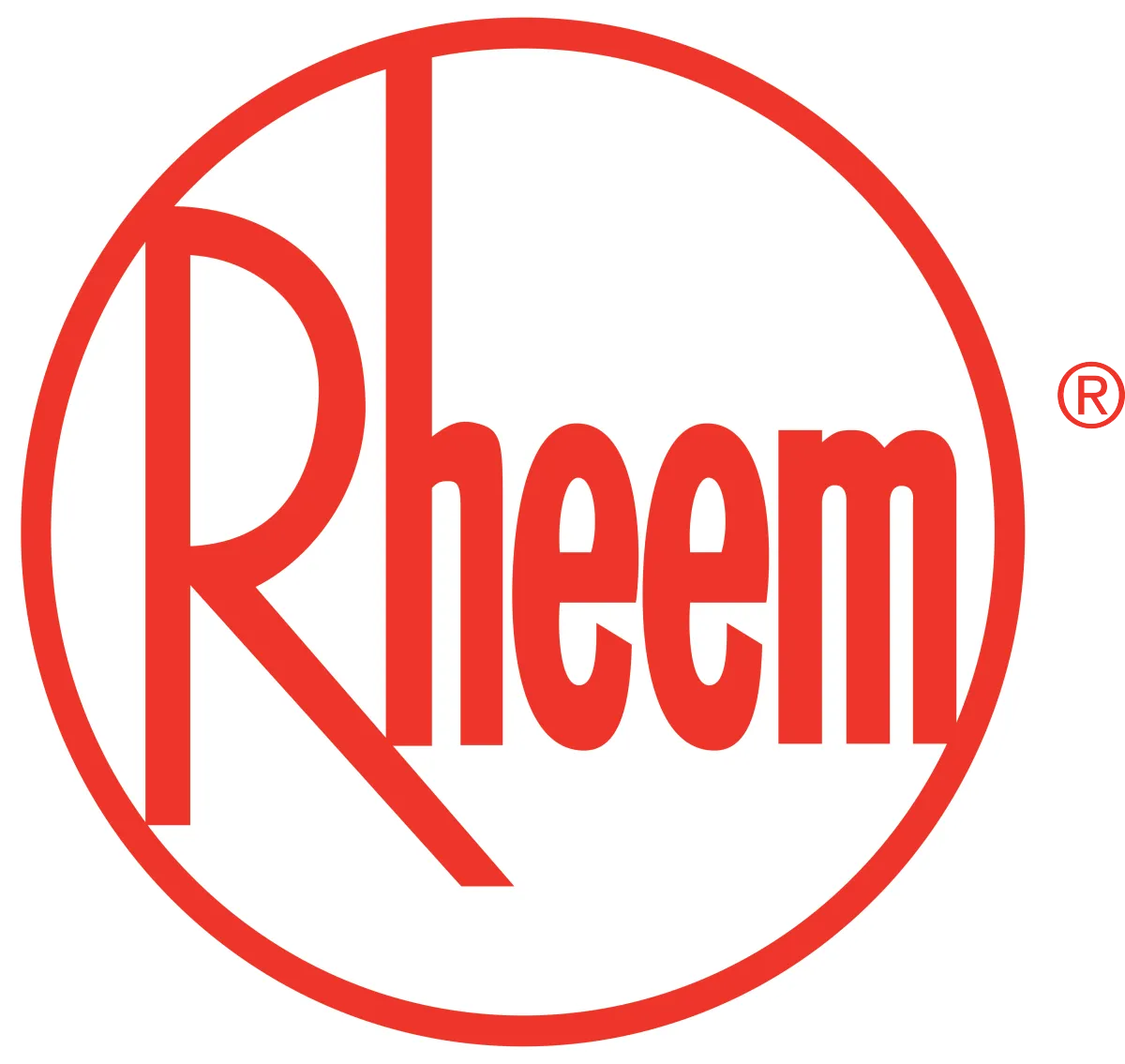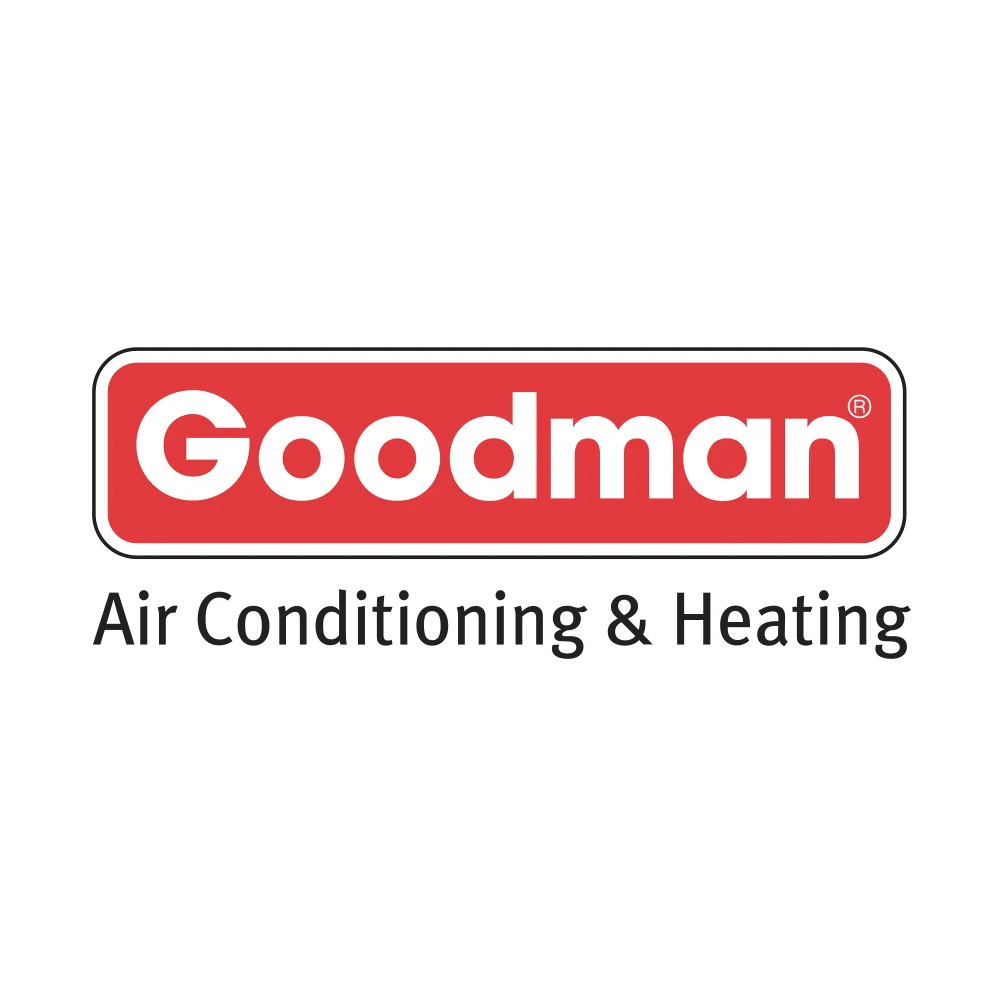

Prepping Your HVAC System for Winter: Key Tips for a Warm, Worry-Free Season
Introduction:
As the days get shorter and the temperature starts to drop, it's time to shift our focus from air conditioning to heating. The last thing anyone wants is for their heating system to break down on a chilly fall evening, leaving them scrambling for repairs. Prepping your HVAC system for winter is crucial to avoid expensive problems and ensure a cozy home throughout the colder months. In this post, we’ll cover the most common HVAC issues that can arise in the fall and how to prevent them.
1. Check and Replace Air Filters
One of the simplest yet most important tasks you can do to prepare your HVAC system is to check and replace your air filters. Air filters trap dust, dirt, and other debris, preventing them from circulating through your home. When these filters become clogged, they can obstruct airflow, making your system work harder and less efficiently. This can lead to higher energy bills and even cause the system to overheat.

What to Do:
Inspect your air filters monthly during the fall and winter months.
If they appear dirty, replace them immediately. Most HVAC professionals recommend replacing filters every 1-3 months, depending on usage and air quality.
2. Schedule a Professional HVAC Inspection
While there are some maintenance tasks homeowners can handle on their own, it's always a good idea to schedule a professional HVAC inspection before winter hits. A licensed technician will be able to identify potential issues, such as leaks, faulty wiring, or problems with the motor or fan, and make necessary repairs before the system breaks down.

Why It Matters:
Regular inspections ensure your system is running safely and efficiently. An HVAC professional will check your system’s performance, clean any internal components, and suggest repairs that may be needed. This type of preventive maintenance can extend the life of your HVAC system and save you money in the long run.
3. Test Your Thermostat
The thermostat is the control center for your HVAC system. If it’s not working correctly, your system may not heat your home as desired, leading to inconsistent temperatures and increased energy use. A malfunctioning thermostat can make your system turn on and off at irregular intervals, which can wear down parts more quickly.

Steps to Take:
Check that your thermostat is working properly by setting the temperature a few degrees higher than usual and ensuring that the heating system responds correctly.
If you have an older thermostat, consider upgrading to a programmable or smart thermostat, which can automatically adjust the temperature based on your schedule, saving energy when you’re not home.
4. Inspect and Clean Vents and Ducts
Over time, dust and debris can accumulate in your home’s vents and ducts, restricting airflow and forcing your HVAC system to work harder. This not only reduces energy efficiency but also contributes to poor indoor air quality. Dirty ducts can circulate allergens and other pollutants, leading to health issues, especially for people with asthma or allergies.
What to Do:
Remove the vent covers and vacuum them to clear out any dust or debris.
Consider scheduling a professional duct cleaning if it's been a few years since the last cleaning, especially if you’ve noticed more dust around your home or the air feels stuffy.
Ensure that all vents are open and not blocked by furniture or other objects, as blocked vents can disrupt airflow and strain your system.
5. Check for Drafts and Insulation Issues
Even the most efficient HVAC system can’t keep your home warm if your house is drafty. Cold air can seep through windows, doors, and poorly insulated areas, forcing your heating system to work overtime to maintain a comfortable temperature. Fall is the perfect time to check for drafts and make improvements to your home’s insulation.
Prompt for Image: A homeowner using weatherstripping to seal a drafty window or door.
What to Do:
Inspect windows and doors for drafts and seal them with weatherstripping or caulk.
Add insulation to attics, basements, or crawl spaces where heat loss is common.
Use draft stoppers for exterior doors and consider upgrading windows if they are outdated or single-pane.
6. Check the Carbon Monoxide Detector
Any heating system that burns fuel (such as a gas furnace or fireplace) can produce carbon monoxide, a colorless and odorless gas that can be deadly. Fall is an excellent time to check that your carbon monoxide detectors are functioning properly to keep your family safe.
Prompt for Image: A carbon monoxide detector mounted on the wall, with a hand testing it.
Key Steps:
Test all carbon monoxide detectors in your home and replace the batteries as needed.
If you don’t already have them, install detectors near bedrooms and living areas, and be sure to follow local safety guidelines for placement.
Consider having a professional inspect fuel-burning appliances for proper ventilation and function.
7. Inspect the Furnace Pilot Light
If you have a gas furnace, the pilot light is what ignites the burners to create heat. Over time, dust can collect in the furnace, causing the pilot light to go out or burn inefficiently. A yellow or flickering pilot light can indicate that the flame isn’t getting enough oxygen, which could lead to carbon monoxide buildup.

What to Do:
Check that the pilot light burns a steady blue flame. A yellow or flickering flame could indicate a problem that requires professional attention.
If the pilot light is out, consult your furnace’s manual or call an HVAC professional to safely relight it.
Final Thoughts
Taking the time to prepare your HVAC system for the winter months will not only keep your home comfortable but also prevent costly repairs down the road. Simple maintenance tasks like changing air filters, sealing drafts, and scheduling professional inspections can go a long way in extending the life of your heating system.
By following these tips, you’ll be ready to enjoy a warm and stress-free winter season. If you need assistance with any of these tasks, or if it’s time for a professional HVAC inspection, contact Meyers Plumbing and Heating to schedule an appointment today.
Trusted By The Top Brands In HVAC & Plumbing
Quality Products for Reliable Performance





Get Directions To Our Showroom



Prompt and reliable service
We offer flexible scheduling and strive to complete every job as quickly and efficiently as possible. Whether you need routine maintenance, repairs, or installation, our team is ready to provide expert service that you can rely on.
Location
1561 Oakdale Road
Oakdale, PA 15071
Copyright © 2025 Jim Meyers Plumbing, Heating, and Cooling
